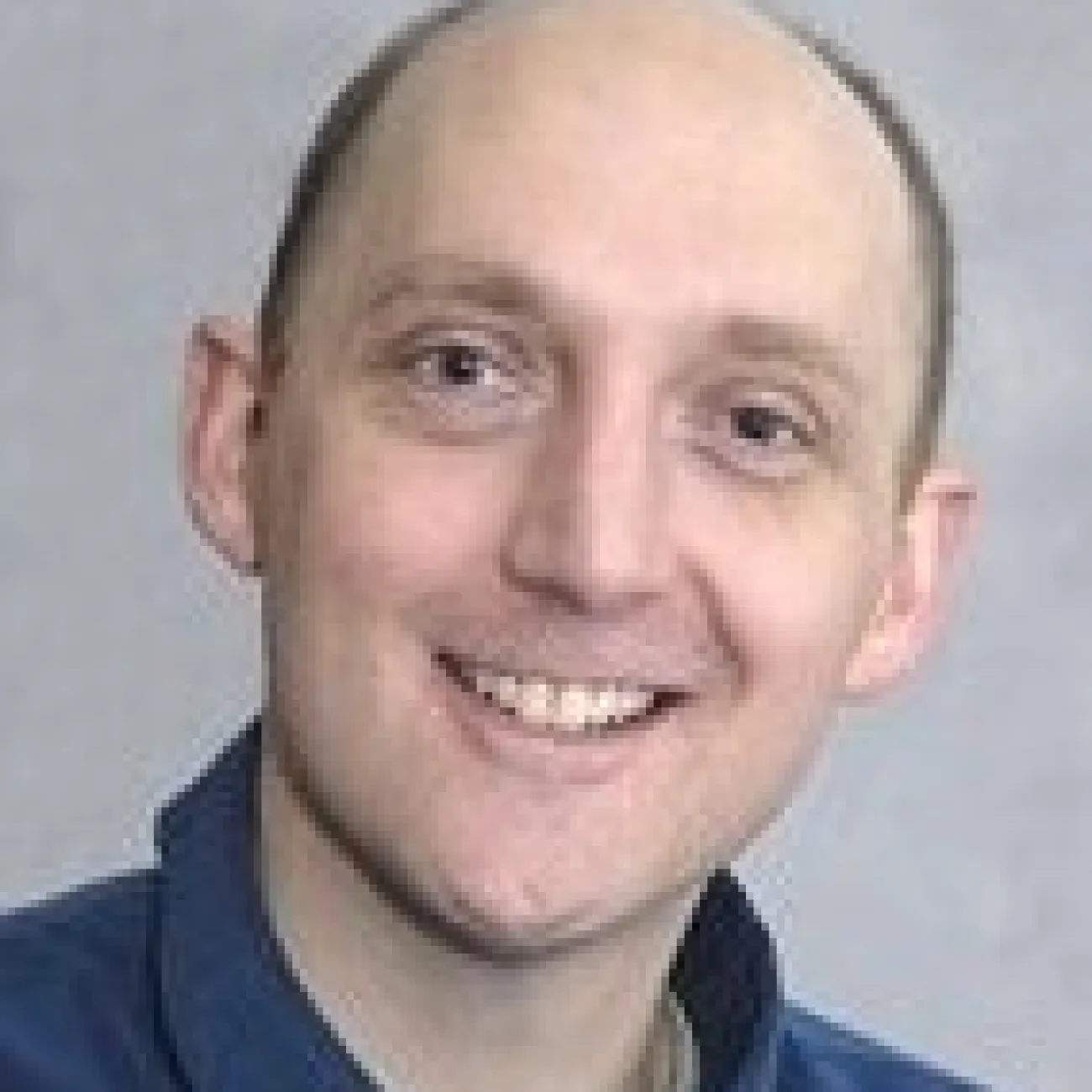Research
Research groups
Research interests
- My work has centred on the phenomena of cavitation; this is both a fascinating and experimentally challenging arena but ultimately this work has led to a number of exploitable technologies.
Current research
My research group are currently investigating particles, bubble dynamics and cavitation. This incorporates
- inertial cavitation
- bubble oscillation
- bubble motion
- particle motion and sensing
These investigations combine chemical sensors, utilising the sensitivity and versatility of electrochemical techniques, high speed imaging, luminescence imaging with well-characterised physical acoustics.
I am also collaborating with a number of my colleagues within the University, outside of the University and with Industrial bodies. These collaborations have concentrated on a variety of subjects including the investigation of hydrodynamic voltammetry, cavitation, laser induced cavitation, new analytical techniques, oxygen transfer between phases, the production of novel materials and new electrochemical imaging techniques.
New projects are centred on enhanced 3D printing and the treatment of food materials.
